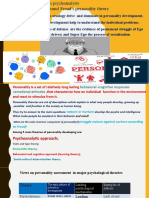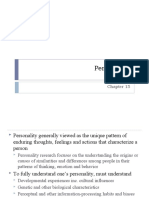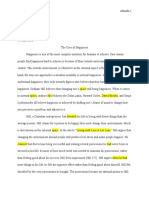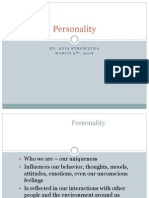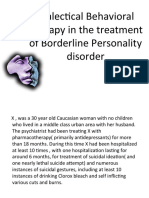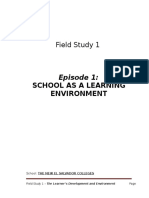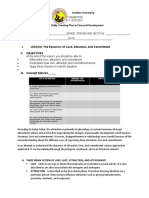0% found this document useful (0 votes)
29 views23 pagesPid Assignment Sem 2
The document provides an extensive overview of personality, including definitions, characteristics, and various theories such as Freud's psychoanalytic theory and the trait perspective. It discusses the influence of biological and gender factors on personality development, emphasizing the interplay between genetics, hormones, and socialization. Additionally, it elaborates on emotional intelligence, its components, and the roles of heredity and environment in shaping both emotional and general intelligence.
Uploaded by
pallavi.0457Copyright
© © All Rights Reserved
We take content rights seriously. If you suspect this is your content, claim it here.
Available Formats
Download as DOCX, PDF, TXT or read online on Scribd
0% found this document useful (0 votes)
29 views23 pagesPid Assignment Sem 2
The document provides an extensive overview of personality, including definitions, characteristics, and various theories such as Freud's psychoanalytic theory and the trait perspective. It discusses the influence of biological and gender factors on personality development, emphasizing the interplay between genetics, hormones, and socialization. Additionally, it elaborates on emotional intelligence, its components, and the roles of heredity and environment in shaping both emotional and general intelligence.
Uploaded by
pallavi.0457Copyright
© © All Rights Reserved
We take content rights seriously. If you suspect this is your content, claim it here.
Available Formats
Download as DOCX, PDF, TXT or read online on Scribd
/ 23















